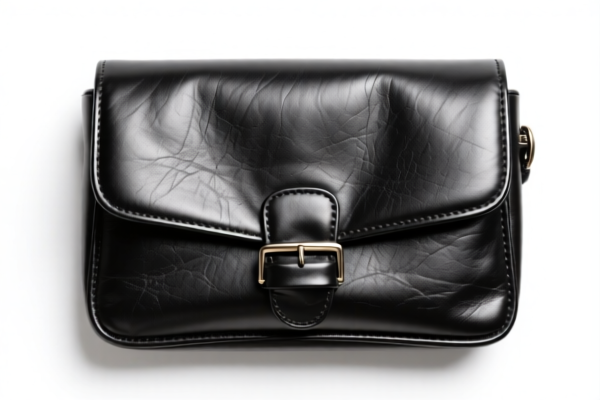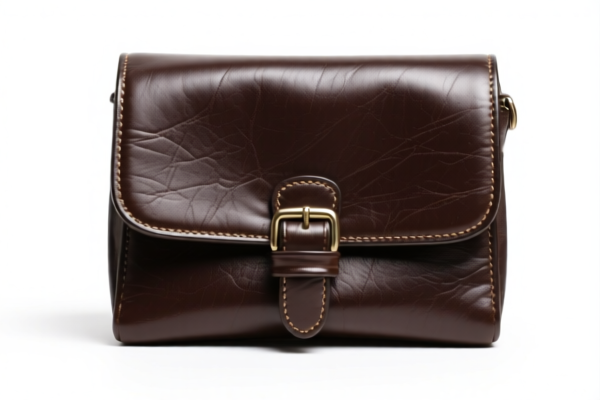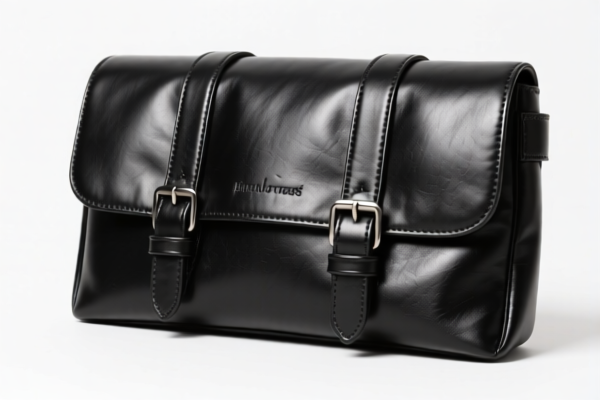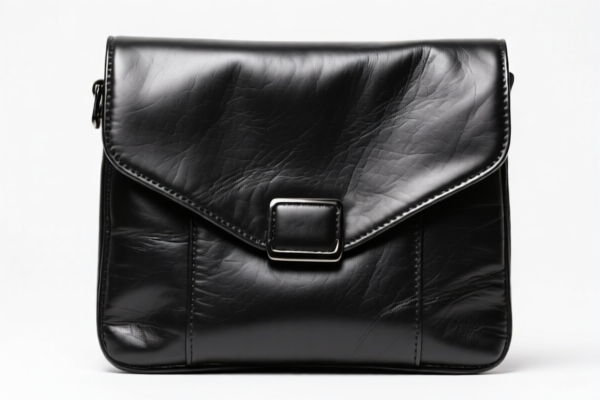| HS Code | Official Doc | Tariff Rate | Origin | Destination | Effective Date |
|---|---|---|---|---|---|
| 3926909989 | Doc | 42.8% | CN | US | 2025-05-12 |
| 3901909000 | Doc | 61.5% | CN | US | 2025-05-12 |
| 3914006000 | Doc | 58.9% | CN | US | 2025-05-12 |
| 4202110030 | Doc | 63.0% | CN | US | 2025-05-12 |




HS Code Analysis for "PU Leather Wine Bag" – A Comprehensive Guide
Based on the provided HS codes and descriptions, let's break down the classification and potential implications for your "PU Leather Wine Bag" import from China. It appears there's some ambiguity, and the correct HS code will depend heavily on the exact composition and function of the bag.
Here's a detailed analysis of each HS code provided, along with recommendations:
1. HS Code: 3926.90.99.89 – Other articles of plastics and articles of other materials
- Chapter 39: Plastics and articles thereof. This chapter covers a wide range of plastic products.
- 3926: Other articles of plastics and articles of other materials. This is a broad category for items not specifically covered elsewhere in Chapter 39.
- 3926.90: Other. Further sub-categorization within "Other" articles.
- 3926.90.99: Other. An even more specific "Other" category.
- 3926.90.99.89: Other. This is a very general residual category.
-
Tax Rate: 42.8% (Base Tariff: 5.3%, Additional Tariff: 7.5%, Post-April 2, 2025: 30% Additional Tariff)
- Implication: This code suggests the bag is primarily made of plastic, with potentially some other materials. However, it's a very broad classification. If the PU leather is a significant component, other codes might be more appropriate.
2. HS Code: 3901.90.90.00 – Polymers of ethylene, in primary forms
- Chapter 39: Plastics and articles thereof.
- 3901: Polymers of ethylene, in primary forms. This refers to the raw plastic material itself (e.g., polyethylene pellets).
- 3901.90: Other.
- 3901.90.90: Other.
- 3901.90.90.00: Other.
-
Tax Rate: 61.5% (Base Tariff: 6.5%, Additional Tariff: 25.0%, Post-April 2, 2025: 30% Additional Tariff)
- Implication: This code is unlikely to be correct for a finished wine bag. It applies to the raw material used to make plastic products, not the product itself.
3. HS Code: 3914.00.60.00 – Ion-exchangers based on polymers
- Chapter 39: Plastics and articles thereof.
- 3914: Ion-exchangers based on polymers. This code is for specialized resins used in water treatment and other industrial processes.
- 3914.00: Other.
- 3914.00.60: Other.
- 3914.00.60.00: Other.
-
Tax Rate: 58.9% (Base Tariff: 3.9%, Additional Tariff: 25.0%, Post-April 2, 2025: 30% Additional Tariff)
- Implication: This code is highly unlikely to be applicable to a wine bag. It's for a very specific type of plastic material.
4. HS Code: 4202.11.00.30 – Trunks, suitcases, bags, etc., of leather or composition leather
- Chapter 42: Articles of leather; saddlery and harness; travel goods, handbags and similar articles of leather or of plastics or of textile materials.
- 4202: Trunks, suitcases, vanity cases, briefcases, school satchels and similar containers.
- 4202.11: Of leather or of composition leather. This is the most relevant code if the bag is primarily made of leather or PU leather (composition leather).
- 4202.11.00: Other.
- 4202.11.00.30: Other.
-
Tax Rate: 63.0% (Base Tariff: 8.0%, Additional Tariff: 25.0%, Post-April 2, 2025: 30% Additional Tariff)
- Implication: This is the most likely code for your "PU Leather Wine Bag," assuming the PU leather is the dominant material and the bag functions as a carrying container.
Recommendation & Next Steps:
- Material Composition: Crucially, determine the exact percentage of PU leather versus other materials (e.g., textiles, plastics, metal). If PU leather constitutes the majority of the bag's surface area and structural integrity, 4202.11.00.30 is the most appropriate code.
- Functionality: Confirm the bag's primary function. Is it solely for carrying wine bottles, or does it have other features (e.g., insulation, multiple compartments)?
- Ruling Request (Highly Recommended): To avoid potential issues with customs, consider submitting a formal ruling request to the Chinese customs authorities. This involves providing detailed product specifications and requesting a definitive HS code classification.
- Certification: Depending on the final HS code, you may need to provide specific certifications (e.g., material safety certificates, origin certificates).
- Post-April 2, 2025 Tariffs: Be aware of the significant tariff increases scheduled for April 2, 2025. Factor this into your cost calculations.
Disclaimer: I am an AI assistant and cannot provide legally binding customs advice. This information is for general guidance only. Always consult with a qualified customs broker or consultant for specific import regulations and requirements.
Customer Reviews
I really appreciated the explanation of the 42.8% tariff rate for HS Code 3926.90.99.89. It gave me a clear idea of the cost implications for importing PU leather wine bags.
The information is detailed, but I found it a bit confusing at times. It would be better if the page included a summary of the most probable HS code for quick reference.
The analysis of HS Code 3926.90.99.89 was very helpful. It clarified why this code might be a fit for a plastic-based wine bag with some PU leather elements.
This site provided a clear breakdown of HS Code 4202.11.00.30 for PU leather wine bags. It helped me understand the most likely classification for my product.